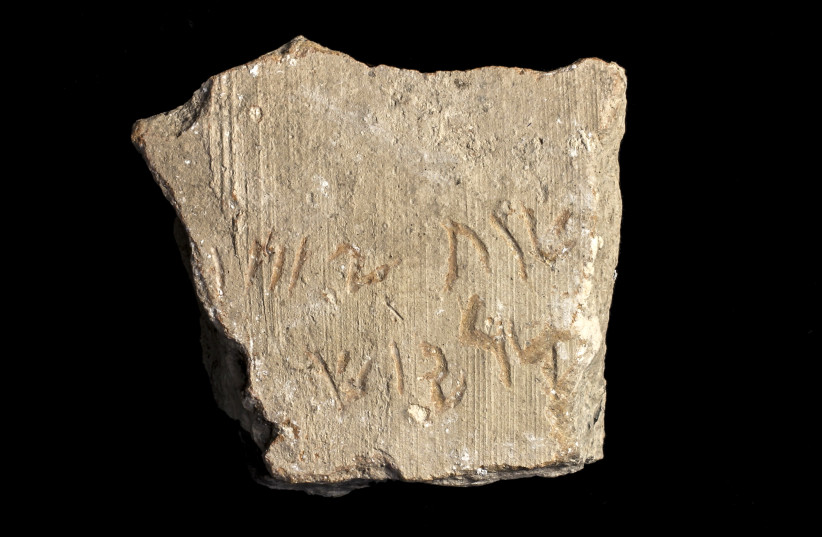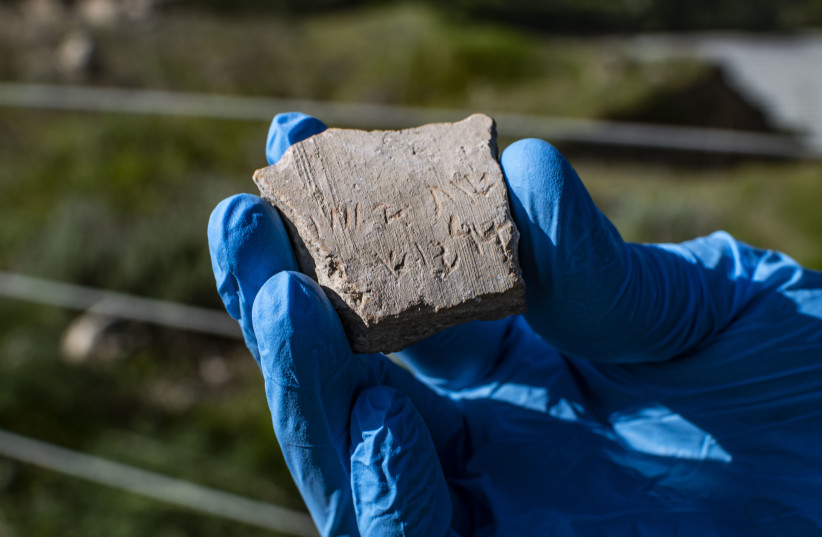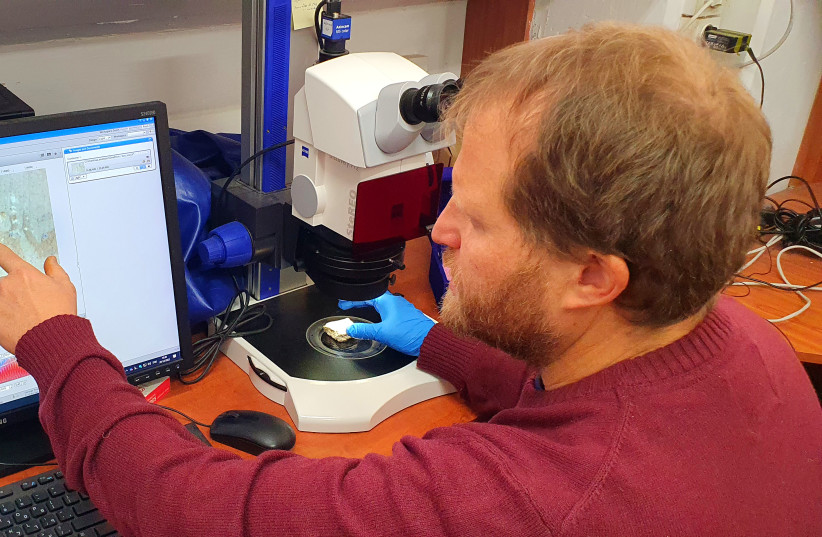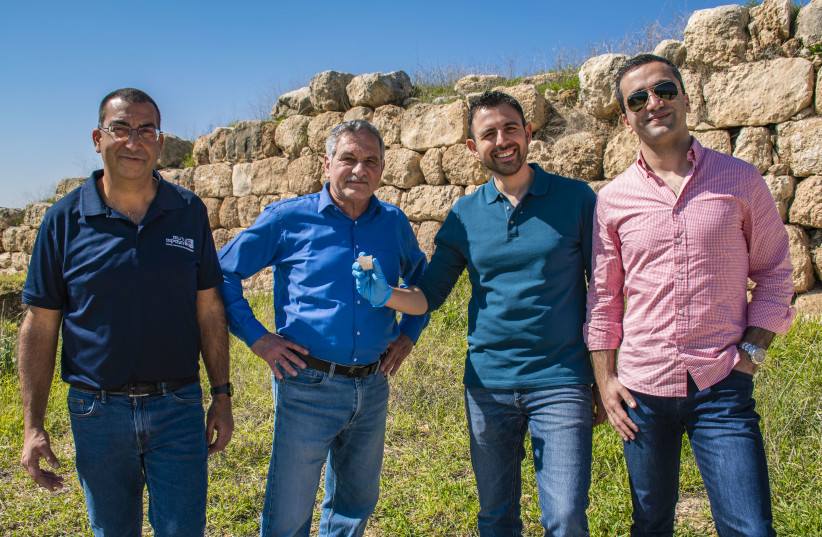Darius the Great is the father of King Ahasuerus, also known as the biblical Achashverosh from the story of Purim • Discovery was made by the international media adviser to President Isaac Herzog

An inscription bearing the name of Persian King Darius the Great was discovered in Tel Lachish National Park, the first discovery of an inscription bearing the king’s name anywhere in Israel.
The discovery was made by Eylon Levy, the international media adviser to President Isaac Herzog.
Levy reportedly chanced on a 2,500-year-old potsherd with the inscribed letters of the ancient king and reported it to the Antiquities Authority.
The inscription reads “Year 24 of Darius,” which dates to 498 BCE. The king’s reign began in 522 BCE and ended in 486 BCE.
Darius the Great was the father of Xerxes I, who is identified with King Ahasuerus from the Purim story.

“When I picked up the ostracon and saw the inscription, my hands shook. I looked left and right for the cameras because I was sure someone was playing an elaborate prank on me,” said Levy.
Analysis of the discovery
“When I was walking around here with a friend just exploring the history, I was turning over pieces of pottery and stones in my hand and suddenly, I found something that had letters on it and I thought this was too good to be true.”
Levy said that three people he spoke to at the Antiquities Authority were skeptical as to its authenticity but they were intrigued.
A few weeks later, Levy received a phone call from the authority’s Saar Ganor. He said he was “on his way from the Dead Sea Scrolls labs. We’ve put it through three scanners. This is authentic. No modern hand could do it, and it’s from two and a half thousand years ago, from before the story of Purim.”
“When I was walking around here with a friend just exploring the history, I was turning over pieces of pottery and stones in my hand and suddenly, I found something that had letters on it and I thought this was too good to be true.”
Eylon Levy
Ganor analyzed Levy’s discovery with Dr. Haggai Misgav of the Hebrew University of Jerusalem and they both confirmed that the artifact dated to the Persian royal administration at Lachish in the Achaemenid period, at the turn of the fifth century BCE.
Director Eli Eskosido said it was amazing that a visitor to the Lachish site was able to come across such a rare inscription, “reviving the Persian King Darius known to us from the sources. His son King Ahasuerus could never have imagined that we would find evidence of his father in Israel 2,500 years after the dramatic events in his royal court”


Who was King Darius, King Ahasuerus?
Darius the Great, also known as Darius I, was one of the most famous rulers of the Achaemenid Empire, also known as the first incarnation of the Persian Empire. His rule saw him take over in a time of chaos, but he managed to reorganize what was then the largest empire of the ancient world into coherent satrapies, centralized his authority with major construction projects and monetary measures and promoted the Aramaic language.
Darius was also mentioned repeatedly throughout the Bible, having made appearances in the books of Haggai, Zechariah and Ezra-Nehemiah. He is also believed by some scholars to either be the same person as or one of the inspirations of Darius the Mede, a central figure within the Book of Daniel.
Darius also had several sons, and while none of them was named Ahasuerus in Persian or Aramaic, his most famous son and successor, Xerxes I, also known as Xerxes the Great, has been linked to the Persian ruler of the Purim story, though the exact level of historical accuracy in the Purim story has been heavily questioned by scholars for years.
Xerxes’s portrayal in the Book of Esther as Ahasuerus has led some to believe he was an incompetent and constantly drunk monarch. In fact, Xerxes was a very active ruler, though he is most famous for his ultimately failed war against the Greek city-states. But the fact that he was a very real monarch who indeed ruled over the region at the time of the Book of Esther is widely accepted.
Content retrieved from: https://www.jpost.com/archaeology/article-733038.